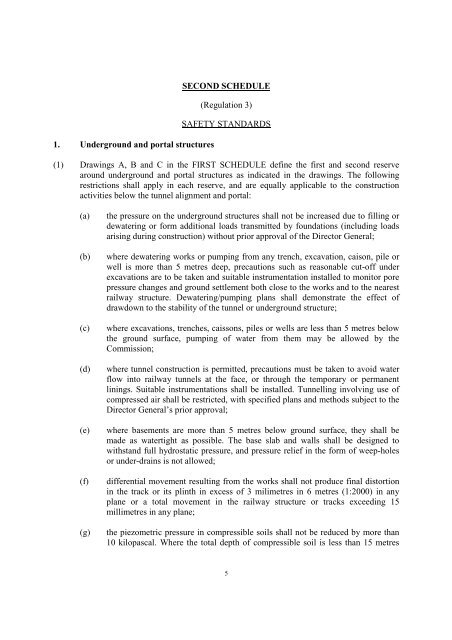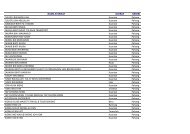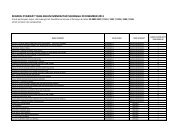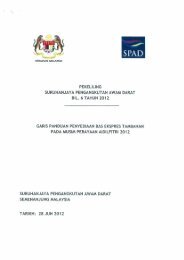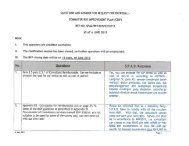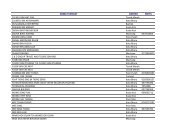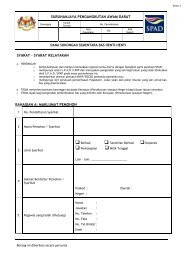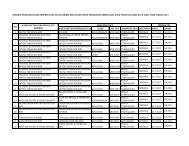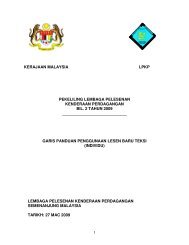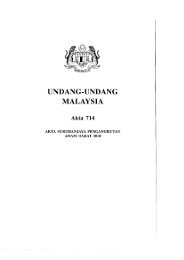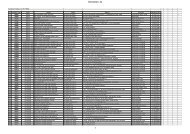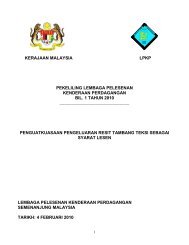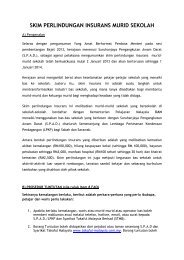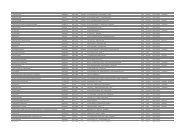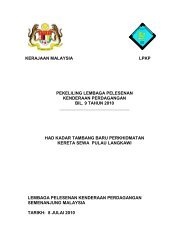RAILWAYS ACT 1991 - SPAD
RAILWAYS ACT 1991 - SPAD
RAILWAYS ACT 1991 - SPAD
Create successful ePaper yourself
Turn your PDF publications into a flip-book with our unique Google optimized e-Paper software.
1. Underground and portal structuresSECOND SCHEDULE(Regulation 3)SAFETY STANDARDS(1) Drawings A, B and C in the FIRST SCHEDULE define the first and second reservearound underground and portal structures as indicated in the drawings. The followingrestrictions shall apply in each reserve, and are equally applicable to the constructionactivities below the tunnel alignment and portal:(a)(b)(c)(d)(e)(f)(g)the pressure on the underground structures shall not be increased due to filling ordewatering or form additional loads transmitted by foundations (including loadsarising during construction) without prior approval of the Director General;where dewatering works or pumping from any trench, excavation, caison, pile orwell is more than 5 metres deep, precautions such as reasonable cut-off underexcavations are to be taken and suitable instrumentation installed to monitor porepressure changes and ground settlement both close to the works and to the nearestrailway structure. Dewatering/pumping plans shall demonstrate the effect ofdrawdown to the stability of the tunnel or underground structure;where excavations, trenches, caissons, piles or wells are less than 5 metres belowthe ground surface, pumping of water from them may be allowed by theCommission;where tunnel construction is permitted, precautions must be taken to avoid waterflow into railway tunnels at the face, or through the temporary or permanentlinings. Suitable instrumentations shall be installed. Tunnelling involving use ofcompressed air shall be restricted, with specified plans and methods subject to theDirector General’s prior approval;where basements are more than 5 metres below ground surface, they shall bemade as watertight as possible. The base slab and walls shall be designed towithstand full hydrostatic pressure, and pressure relief in the form of weep-holesor under-drains is not allowed;differential movement resulting from the works shall not produce final distortionin the track or its plinth in excess of 3 milimetres in 6 metres (1:2000) in anyplane or a total movement in the railway structure or tracks exceeding 15millimetres in any plane;the piezometric pressure in compressible soils shall not be reduced by more than10 kilopascal. Where the total depth of compressible soil is less than 15 metres5


